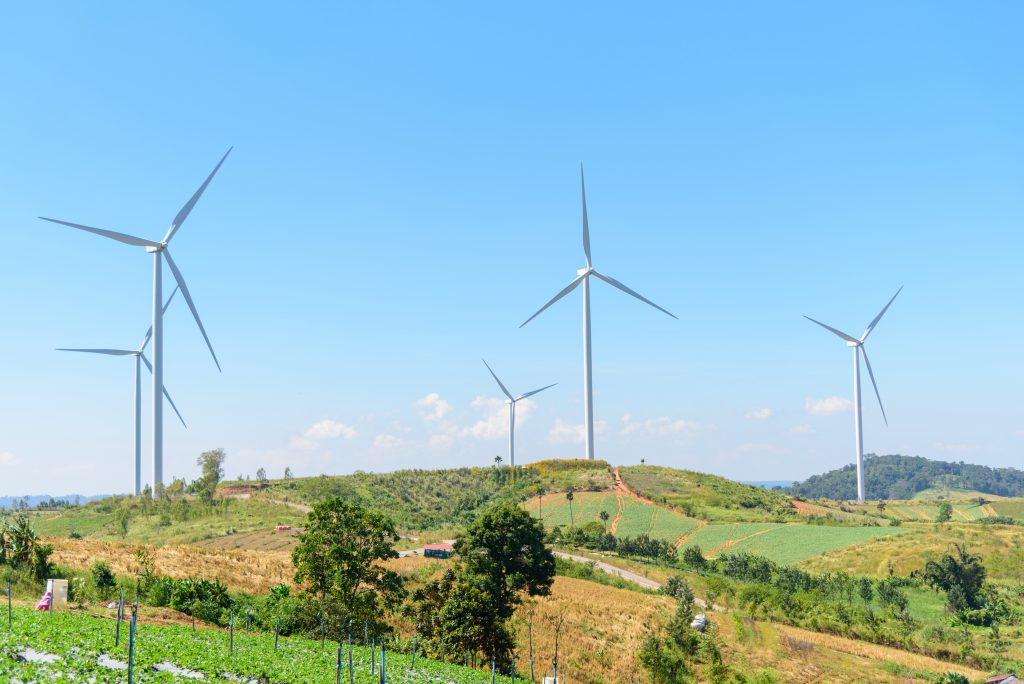One in three U.S. households struggle to pay their current energy bills, forgoing basic needs throughout the year, and even keeping homes at unsafe temperatures to get by. Therefore, we must ensure our clean energy buildout doesn’t disproportionately affect those already struggling.
Natural gas is the most affordable and reliable energy source that keeps customer bills low, particularly for those on fixed incomes, and people at or near the poverty line. Nearly half of all U.S. households rely on it for their primary heating, and costs are at the lowest level in decades.
In fact, residential natural gas prices are 67% less than electricity on an energy equivalent basis, and homes with natural gas on average save over $900 per year compared to all electric-homes.
Further, the federal Energy Information Administration found households using natural gas to heat their homes will save more than double that of those who heat via electricity.

Natural Gas Provides Grid Reliability while Balancing the Costs Needed to Expand Renewable Investments Further
Building a pathway to a low-carbon future by 2050 requires massive costs to rapidly invest in energy infrastructure – not just the installation of wind turbines and solar panels – but thousands of miles of new transmission lines, upgrades to homes including appliances and electric boxes, home retrofits, battery storage, electric vehicle infrastructure, and more.
A Progressive Policy Institute report highlights that a push to go renewable-only becomes far more cost prohibitive because of the need for overbuilding part-time energy sources like wind and solar, to ensure adequate capacity is available to meet peak demand. Putting all of our eggs in one basket – via 100% renewables – “is unwise… [exposing] Americans to high electricity prices and potentially periodic energy shortages…”
Natural gas, with an existing and efficient infrastructure network of 2.5 million miles, can best balance the transition with low-cost, clean and reliable energy.
California Study Highlights Natural Gas Bans Put the Cost Burden on the Backs of the Poor
Additionally, as some communities move to ban natural gas locally, a 2020 study by the California Energy Commission found shutting down the natural gas system disproportionately impacts those least able to afford to transition to more expensive, all-electric sources. They wrote “unsustainable increases in gas rates and customer energy bills could be seen after 2030, negatively affecting customers who are least able to switch away from gas, including renters and low-income residents.”